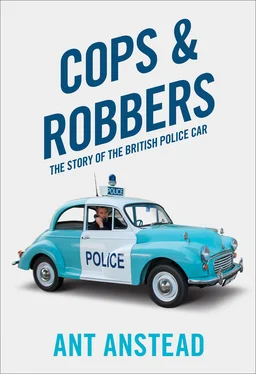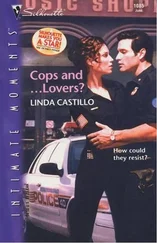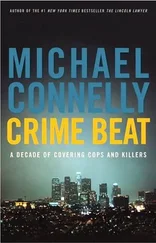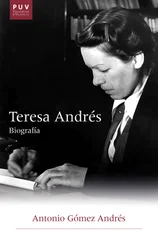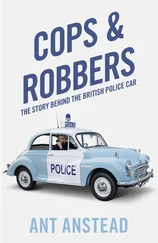1 ...8 9 10 12 13 14 ...25 At least two were used as despatch vans for carrying correspondence from the Commissioner’s Office at Scotland Yard to the various divisions, and in 1907 they were joined by two larger, 10hp, Adams-Hewitt vans. The Adams-Hewitts were made in Bedford but designed in New York by the Hewitt Motor Co. and, to modern eyes, had quite the most ridiculous advertising slogan: ‘Pedals to Push – That’s All’, because they used a 2-speed epicyclic gearbox. One is tempted to ask whether they steered themselves … By 1912 the Met had added a small number of De Dion-Bouton vans as well.
What’s interesting at this point is that although other forces were following the Met’s lead and buying vehicles, they were basically for use to move messages, equipment or, in some cases, men; they were not at this point actually being used for (what I would call proper) police work , which was still done by constables on foot patrols. Instead, they took the role of support vehicles, vans to move things, or cars to transport the higher echelons of the service between different police divisions. Chief Constables tended to be the first to get a proper car rather than a van (and perhaps hindsight could argue that they were the ones who least needed them …), and these were usually reasonably prestigious large cars, nearly always British machines, and often built locally to the regional force that used them. That was not always the case, though; the Chief Constable of Bedfordshire used a Scottish-built Arrol-Johnston, which was, like most of these cars, chauffeur-driven by a constable. Essex Police Chief Constable, Captain Showers, ordered a Belsize 10/12hp car in 1909 and Kent constabulary was quick to adopt this car too, as they had, at this time, the highest percentage of motorists in the UK, probably because Kent was among the richest areas in the country. It should also be remembered that most police officers could not drive, and paying to teach them was an expense that the police tried to avoid, at least initially.
That slow adaptation of mechanised transport and move away from the horse would probably have continued were it not for World War I. In 1914 the army was basically a horse-drawn service with around 120,000 men and fewer than 100 mechanised vehicles in total, including motorcycles. By the end of the war, in 1918, 6.7 million people had joined the British armed forces, and its quantity and variety of vehicles was huge. World War I really was the engine of invention and it’s true to say that it was a major contributor to the advancement of the internal combustion engine; aviation in particular drove advances in engine design and ignition. At the start of the conflict most planes were lucky to make 50mph, but by the end both sides had fighters capable of nearly 150mph. In four years that is astonishing progress, by any measure.
The war also taught a huge number of people, well, mainly men but some women, to drive, so when the government, in debt and battling other issues such as the post-war flu pandemic, decided to sell off the military’s massive vehicle roster there was no shortage of qualified (or otherwise) drivers. Suddenly war-surplus trucks were cheap and most tradesmen could afford to buy one and pension off their horse because the truck was substantially cheaper to run, more reliable and much faster. This was also seen as a move to clean up a society that had been literally awash with horse manure for many years, but in historical terms it was almost an overnight change – from the war ending in a still largely horse-drawn Britain to massive auctions of war surplus vehicles, such as Mac Bulldogs, being sold cheap to anyone who wanted one, in less than a year. This presented three very separate new issues for the police: vehicle theft became a problem, and in addition criminals could use this sudden availability of vehicles to get to and from crime scenes, and the roads suddenly became congested and needed policing – a wholly different problem that put the police into potential conflict with ordinary and normally law-abiding citizens. Policing motorists for speeding or parking wrongly was and remains a totally different problem than catching criminals.
The motor car had come of age, the public were falling in love with their cars, motor-racing heroes such as Sir Henry ‘Tim’ Birkin and Malcolm Campbell were celebrated for their achievements in the new cinema newsreels, and Brooklands was the place to be and to be seen. The post-war world was going to be a wholly different place and Britain’s police service simply had no option but to become a properly mechanised service in order to keep up.
As the police service became organised and matured through the nineteenth century it may surprise you to learn that a major part of their work was operating an ambulance service and sometimes even a fire service for the local area. This was usually with a hand ambulance – a cart that an officer pulled – while richer boroughs, or areas with a bigger distance to cover, had a horse-drawn ambulance. This continued into the early part of the twentieth century, when both tasks were gradually devolved to separate services in various ways. The government formally devolved the responsibility for ambulances to local authorities in 1930 and, of course, the creation of the NHS in 1948 launched a whole new service. For reasons of space I have focused on ‘policing’ duties and vehicles in this book, as the fantastic work done by ambulance and fire crews deserves a whole separate volume. On a personal note, I worked alongside both services during my time in the police force and I have huge admiration for their professionalism, competency and, it must be said, humour; they do a fantastically difficult job brilliantly well.
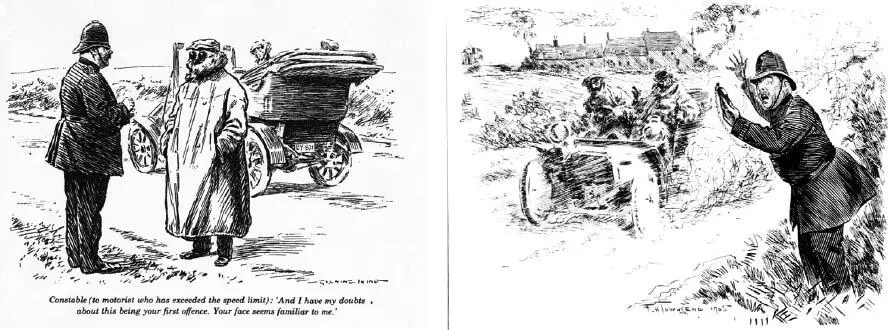

CHAPTER FOUR
POST-WAR PEACE; LONDON SETS THE WAY
The Met police reorganised their management of traffic just after World War I started and placed it under one commissioner’s auspices, which, in hindsight, can be seen as the beginnings of the first traffic department. At this time congestion from the mixture of horse-drawn and motor traffic was far worse in London than anywhere else in the UK, even during the war: a conflict which was initially seen as a short-term inconvenience likely to end by Christmas.
However, this scenario lasted five years and the practical experience gained by policing the city’s traffic during the war years had shown the value of having a separate department to deal with these matters in London. The Commissioner, too, saw the wisdom of this and, in writing to the Home Secretary at the end of the war, stated that he proposed to make the temporary wartime arrangement a permanent one. He went on to state that, ‘with the object of securing still further continuity and uniformity, it was desirable that a department should be formed to deal with traffic and to devote its resources to the study of the various and intricate problems that were constantly arising. This would act as an intelligence department by noting all points arising in other Public Departments, or in the press, and also the effect of the statistics prepared by the Executive Department and the Public Carriage Office.’ The Commissioner also said that he ‘envisaged that the new department would also provide a member for the Committee for the examination of Parliamentary Bills and, when required, for the Cab Drivers and the (splendidly named!) Noise Committee (no, this is not a Monty Python sketch). It would also deal with all correspondence on the subject of traffic, including by-laws and licensing. In addition, it would also generally collect and collate all matters appertaining to every phase of the traffic question.’
Читать дальше
